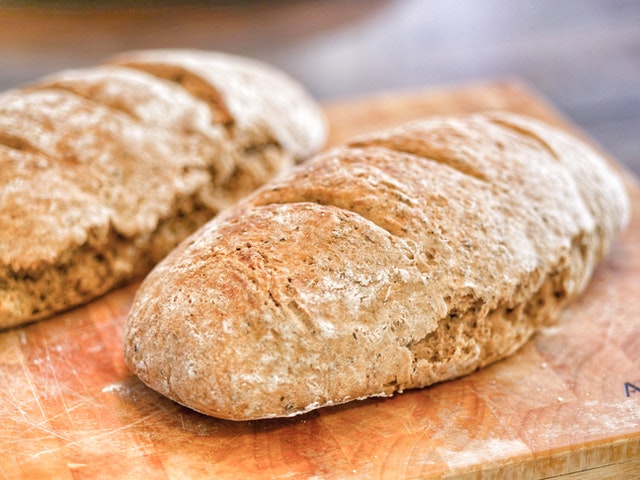7.1 Introduction
The conclusions drawn from a study are only as good as the data that the conclusions are based on, and the data are only as good as the study design that the data emerge from. The design of a study needs to be carefully considered.
A good study requires high internal validity: When studying the relationship between the response and explanatory variable, other possible issues that might influences the value of the response variable should be eliminated. Many aspects of the design must be considered to achieve this goal, some of which are discussed in this chapter.
Data collection is often tedious, time consuming and expensive.
You usually get one chance to collect your data, but you can analyse your data as many times as you like. Since you usually get one chance to collect your data, design the study properly the first time!Example 7.1 (Importance of internal validity) A group of researchers (Beaman et al. 2013) describe an experiment where free fertilizer was provided to a sample of female farmers in Mali (at the recommended amount per hectare; or at half the recommended amount per hectare).
Since all the farmers knew they were being provided with fertilizer (that is, they were not blinded), the farmers changed their farm management: they employed more hired labour and used more herbicide. Consequently, all the farmers’ yields changed.
However, it is difficult to know whether this change in yield was was due to the amount of fertilizer applied, the change in labour, the change in herbicides, or a combination of these. That is, the study had poor internal validity.Specific design strategies that we consider for maximising internally validity are:
- Managing confounding;
- Managing the carry-over effect using washout periods;
- Managing the Hawthorne effect by blinding individuals;
- Managing the observer effect by blinding the researchers; and
- Managing the placebo effect using controls.
Not every design consideration will be relevant to every study.

In this chapter, we will work with this RQ (based on Bird et al. (2008)):
Among Australians, does eating provided food made from wholegrain Himalaya 292 increase average faecal weight compared to eating provided food made from refined cereal?
Think 7.1 (Revision) For the Himalaya 292 study:
- Determine P, O, C and I.
- What are the variables?
- What type of study is this?
To answer this RQ, a study must be designed to collect the data. However, carefully thought must be given to how the study is designed. Some relevant design issues are discussed in this chapter for experimental studies. The next chapter considers design issues for observational studies.
Example 7.2 (Exclusion criteria) In the Himalaya study (Bird et al. 2008), the exclusion criteria were:
[…] a history of diabetes, gastrointestinal, renal, hepatic and cardiovascular disease, an intolerance to cereal-based foods, fasting plasma glucose concentrations > 6.1 mmol/l and medications or supplements likely to affect experimental endpoints
— Bird et al. (2008), p. 1033